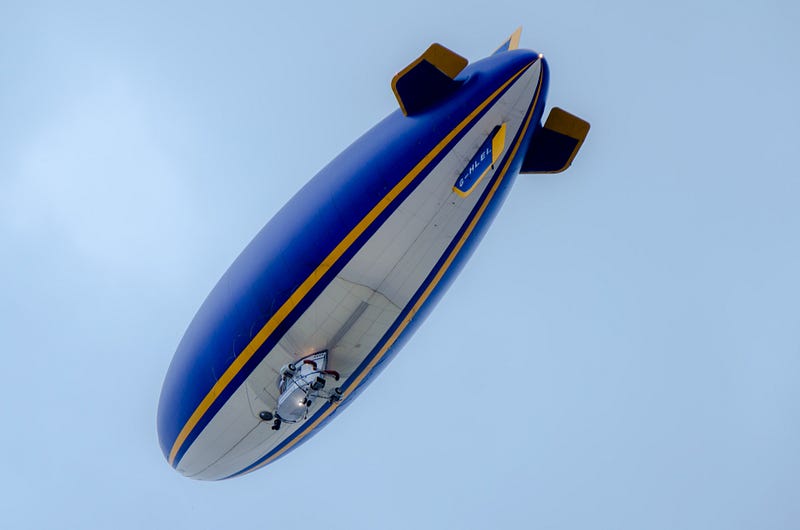A Vision for the Future: Where Are We Heading by 2025?
Written on
Chapter 1: Reflections on the Past
It’s hard to believe how fast time flies. Over a decade ago, I envisioned a bright future that now seems to be lagging behind. Back in the early 2010s, I was deeply immersed in gaming. Video games weren't just a hobby; they were a lens through which I explored the world. The online multiplayer experience fostered a sense of community, allowing us to connect and share adventures. Those were the days filled with excitement, camaraderie, and endless possibilities.
This paragraph will result in an indented block of text, typically used for quoting other text.
Section 1.1: Nostalgia for Simpler Times
Many of us can recall those moments vividly. The skies seemed brighter, and the world felt more interconnected. As millennials began to carve their paths post-recession, life appeared to be on an upswing, despite occasional calamities like Superstorm Sandy and the 2012 doomsday predictions. Fast forward ten years, and here we stand, reflecting on the past.

While those times were enjoyable, I always envisioned a future teeming with potential advancements. By 2025, I imagined a world equipped with groundbreaking technology that would unite humanity, erasing conflict and suffering. I pictured a place where medical innovations would alleviate the burdens of illness without hesitation.
Section 1.2: The Connection to Gaming
You might wonder how this ties back to video games. Let me explain.
In 2012, one of my all-time favorite games was finally released after months of anticipation. Set in 2025, it was a breathtaking experience that left a lasting impression. Without revealing too much, let me share some of its innovative concepts.

One memorable mission involved two military officers climbing a treacherous mountain during fierce weather. Equipped with revolutionary Nano-gloves, they effortlessly scaled the cliffside, showcasing an extraordinary blend of technology and courage. The potential applications for such a device are vast, from military operations to aiding communities reliant on mountainous terrains.
Chapter 2: Envisioning Technological Marvels
The game also featured cloaking suits, which allowed characters to become invisible—except for their weapons. This concept ignited my imagination. I pondered whether it could be achieved through electromagnetic shielding or temporary DNA alteration. The possibility of such technology is not entirely far-fetched, considering some animals can naturally camouflage themselves.

Another captivating element was the wingsuit, controlled merely by the wearer’s gaze. This futuristic device transcended traditional wingsuits, enabling genuine flight. It represented the freedom we should aspire to experience.

However, as we approach the reality of 2025, I feel a deep sense of disappointment regarding our technological progress. Despite thirteen years of development, it seems we have only made marginal advancements. While I acknowledge the innovations we have introduced, they appear insufficient when compared to the ambitious vision I once held.
The first video titled Humans, Machines, and Work: The Future is Now explores our current trajectory and the challenges we face in realizing a more advanced society.
The second video, The Future Is Now, delves into the potential and responsibilities of our technological evolution.
Conclusion: A Call for Change
As we continue into the 2020s, I wonder how long it will take to achieve a truly advanced society. The recent years have certainly posed challenges, but even before then, we lacked a significant push for innovation. Technology has been our ally, enabling us to reach our current state.

I remain hopeful that we will realize my vision of 2025—not just as a date on the calendar, but as a representation of our collective aspirations and capabilities. The question remains: how long until we reach that potential?